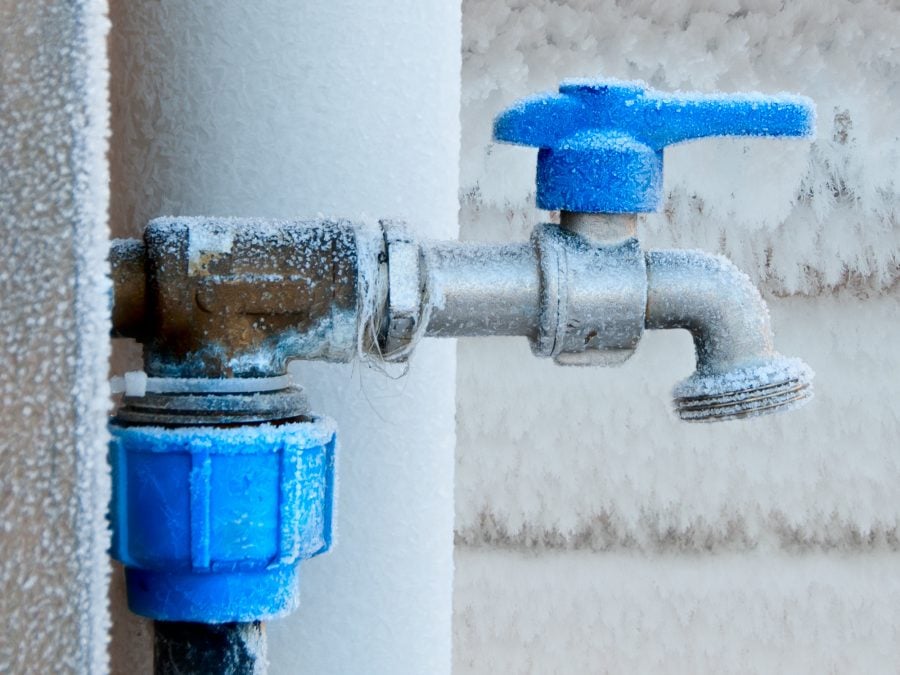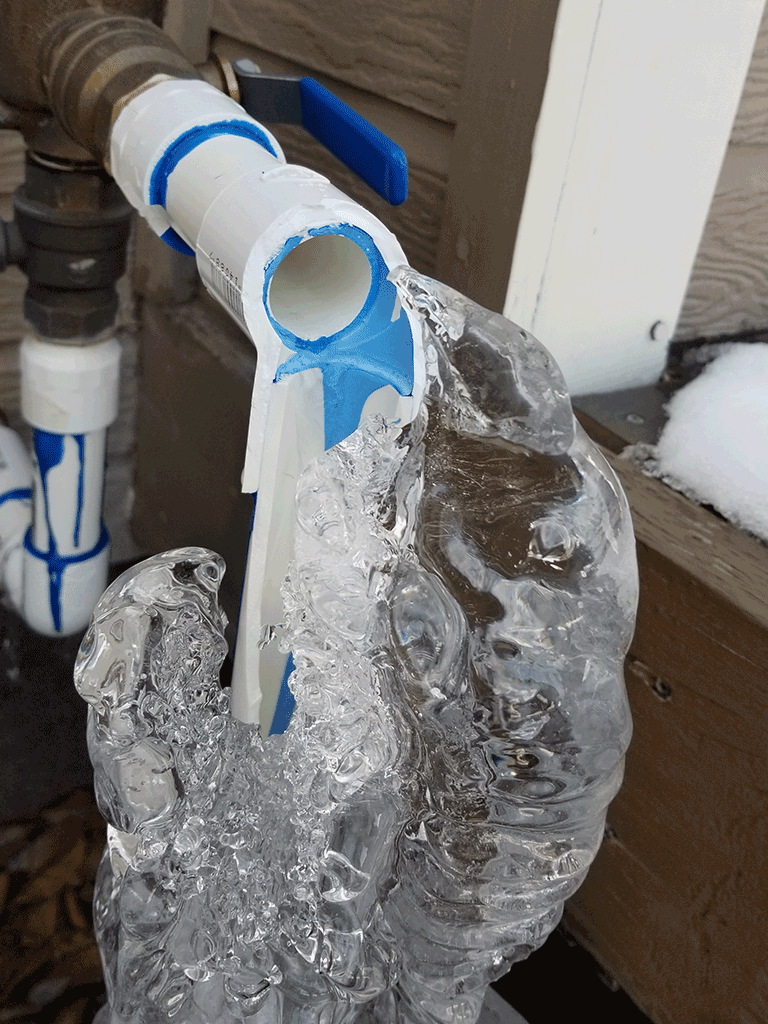Safeguarding Your Pipes from Freezing Damage: Essential Approaches
Safeguarding Your Pipes from Freezing Damage: Essential Approaches
Blog Article
Presented here underneath you can get a lot of sound answers about Winter Plumbing Precautions: Preventing Frozen Pipes.

Winter can ruin your pipes, specifically by freezing pipes. Below's just how to prevent it from occurring and what to do if it does.
Intro
As temperatures decline, the danger of frozen pipes boosts, potentially leading to pricey fixings and water damages. Understanding how to avoid icy pipelines is vital for house owners in chilly climates.
Avoidance Tips
Insulating vulnerable pipelines
Wrap pipes in insulation sleeves or utilize warmth tape to safeguard them from freezing temperatures. Concentrate on pipelines in unheated or external areas of the home.
Heating methods
Maintain indoor spaces sufficiently warmed, particularly areas with pipes. Open up closet doors to permit cozy air to distribute around pipelines under sinks.
Exactly how to determine frozen pipes
Try to find decreased water circulation from taps, uncommon odors or sounds from pipelines, and visible frost on exposed pipelines.
Long-Term Solutions
Architectural adjustments
Think about rerouting pipes far from outside walls or unheated locations. Include extra insulation to attic rooms, basements, and crawl spaces.
Updating insulation
Purchase high-grade insulation for pipelines, attic rooms, and walls. Proper insulation assists keep consistent temperatures and reduces the risk of icy pipelines.
Shielding Exterior Pipes
Yard hoses and outdoor faucets
Disconnect and drain pipes yard pipes prior to winter. Set up frost-proof spigots or cover exterior taps with protected caps.
Understanding Icy Pipelines
What triggers pipes to freeze?
Pipes freeze when exposed to temperature levels below 32 ° F (0 ° C) for expanded durations. As water inside the pipes freezes, it broadens, putting pressure on the pipe walls and potentially triggering them to rupture.
Risks and damages
Icy pipes can lead to water supply disturbances, residential property damage, and pricey repair work. Ruptured pipes can flooding homes and create considerable structural damages.
Indications of Frozen Piping
Identifying icy pipelines early can prevent them from rupturing.
What to Do If Your Pipelines Freeze
Immediate actions to take
If you presume icy pipes, keep faucets available to relieve pressure as the ice melts. Utilize a hairdryer or towels taken in warm water to thaw pipes gradually.
Verdict
Stopping icy pipes requires positive procedures and quick reactions. By comprehending the reasons, signs, and safety nets, property owners can safeguard their plumbing during cold weather.
5 Ways to Prevent Frozen Pipes
Drain Outdoor Faucets and Disconnect Hoses
First, close the shut-off valve that controls the flow of water in the pipe to your outdoor faucet. Then, head outside to disconnect and drain your hose and open the outdoor faucet to allow the water to completely drain out of the line. Turn off the faucet when done. Finally, head back to the shut-off valve and drain the remaining water inside the pipe into a bucket or container. Additionally, if you have a home irrigation system, you should consider hiring an expert to clear the system of water each year.
Insulate Pipes
One of the best and most cost-effective methods for preventing frozen water pipes is to wrap your pipes with insulation. This is especially important for areas in your home that aren’t exposed to heat, such as an attic. We suggest using foam sleeves, which can typically be found at your local hardware store.
Keep Heat Running at 65
Your pipes are located inside your walls, and the temperature there is much colder than the rest of the house. To prevent your pipes from freezing, The Insurance Information Institute suggests that you keep your home heated to at least 65 degrees, even when traveling. You may want to invest in smart devices that can keep an eye on the temperature in your home while you’re away.
Leave Water Dripping
Moving water — even a small trickle — can prevent ice from forming inside your pipes. When freezing temps are imminent, start a drip of water from all faucets that serve exposed pipes. Leaving a few faucets running will also help relieve pressure inside the pipes and help prevent a rupture if the water inside freezes.
Open Cupboard Doors
Warm your kitchen and bathroom pipes by opening cupboards and vanities. You should also leave your interior doors ajar to help warm air circulate evenly throughout your home.

As an avid person who reads on How to prepare your home plumbing for winter weather, I assumed sharing that portion was a good thing. Liked our article? Please share it. Help others discover it. We love reading our article about How To Avoid Freezing Pipes.
Source This Article Report this page